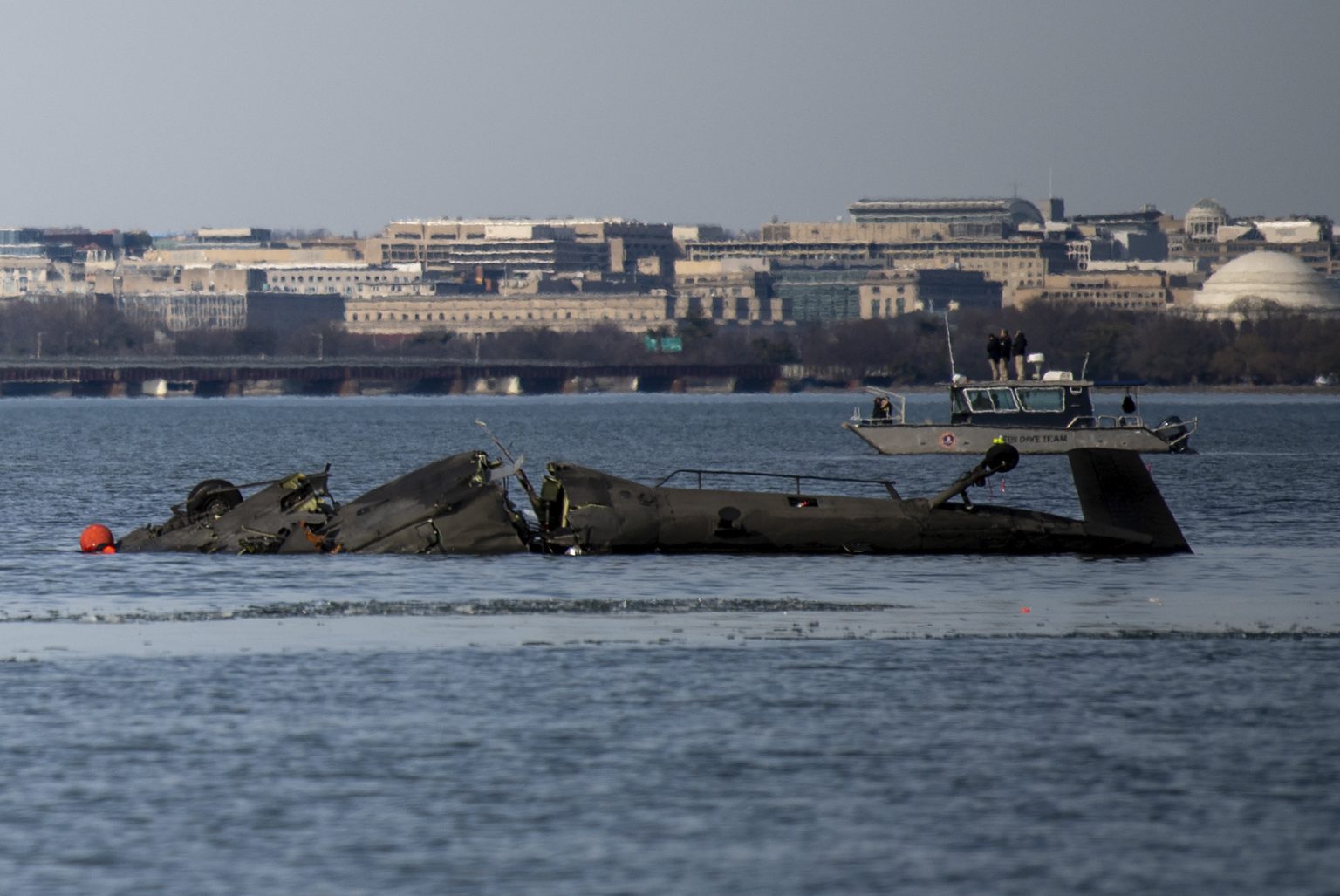The tragic mid-air collision between an American Airlines jet and a military helicopter near Reagan Washington National Airport has thrust the issue of air traffic control (ATC) staffing into the national spotlight. The incident, which claimed 67 lives, occurred under circumstances where the airport’s control tower was operating with a single controller performing the duties of two, a situation described by sources as not uncommon. While a preliminary FAA report suggests staffing levels were not typical for the traffic volume at the time, the accident has sparked urgent concerns about the adequacy of staffing at ATC facilities nationwide and the potential impact on aviation safety. The collision, the first major U.S. commercial air crash since 2009, has prompted a reassessment of safety protocols and ignited a debate about the contributing factors to the tragedy, including the role of staffing shortages.
The core issue lies in the widespread understaffing at ATC facilities across the United States. Data reveals that over 90% of these facilities, a staggering 285 out of 313, are operating below the FAA’s recommended staffing levels. In 73 of these facilities, the shortage is especially acute, with at least a quarter of the positions unfilled. The New York region, home to some of the busiest airports in the country – Newark, JFK, and LaGuardia – faces a particularly severe shortage, with key facilities operating with nearly 40% vacancy rates. This chronic understaffing places immense pressure on existing controllers, potentially leading to fatigue, errors, and increased risk of incidents.
Compounding the problem of overall staffing shortages is the scarcity of fully certified air traffic controllers. The rigorous training process, which can take several years, coupled with pandemic-related disruptions and retirements, has created a significant gap between staffing targets and qualified personnel. As of September 2023, only about 70% of staffing targets at airport towers and terminal approach facilities nationwide were met by certified controllers. Even when trainees are included, the figure rises to only about 79%. Several major airports, including Philadelphia, Orlando, Austin, Albuquerque, and Milwaukee, operate with less than 60% of their controller positions filled by certified personnel. Reagan National, where the recent collision occurred, fares slightly better at around 63%.
The challenges in training and retaining qualified controllers contribute to the ongoing staffing crisis. The rigorous nature of the training, coupled with its high cost and attrition rate, creates a bottleneck in the pipeline of new controllers. The COVID-19 pandemic further exacerbated the situation by disrupting training schedules and prompting a wave of retirements among experienced controllers. This confluence of factors has resulted in a persistent shortage of qualified personnel, leaving the remaining controllers overworked and potentially compromising safety.
The concerns about ATC staffing shortages are not new. Anonymous reports submitted to NASA’s Aviation Safety Reporting System by controllers over the years paint a stark picture of the strain on the system. These reports highlight concerns about inadequate staffing, demanding work schedules, controller fatigue, and the potential for unsafe situations. Pilots, too, have reported numerous near-miss incidents, often attributed to air traffic control issues, further underscoring the potential consequences of understaffing. Reagan National Airport, with its high traffic volume, has seen a disproportionate number of such incidents, highlighting the vulnerability of busy airports to staffing-related safety concerns.
The FAA commissioned a safety review of the national airspace system in 2023 following a series of close calls at various airports. The review confirmed the detrimental impact of inadequate staffing, outdated equipment, and technological limitations on aviation safety. It also highlighted the excessive overtime burdens placed on controllers, contributing to fatigue and absences. The report’s findings revealed a significant decline in the number of fully certified controllers compared to a decade earlier, despite increasing airspace complexity. While the FAA has made efforts to increase hiring in recent years, surpassing its hiring goals in the most recent fiscal year, the agency acknowledges that these efforts are still insufficient to meet the growing demand for air traffic controllers.
The ongoing investigation into the recent mid-air collision will likely shed further light on the specific factors that contributed to the tragedy. However, the incident has already exposed systemic issues within the air traffic control system, particularly the persistent and widespread staffing shortages. These shortages, combined with the challenges in training and retaining qualified controllers, represent a significant safety concern for the aviation industry. Addressing these issues will require a comprehensive approach, including increased funding for training programs, improved working conditions for controllers, and a long-term strategy to ensure adequate staffing levels at ATC facilities nationwide. The future safety of air travel depends on the ability to attract, train, and retain a sufficient number of highly qualified air traffic controllers to manage the increasingly complex demands of the national airspace system.

